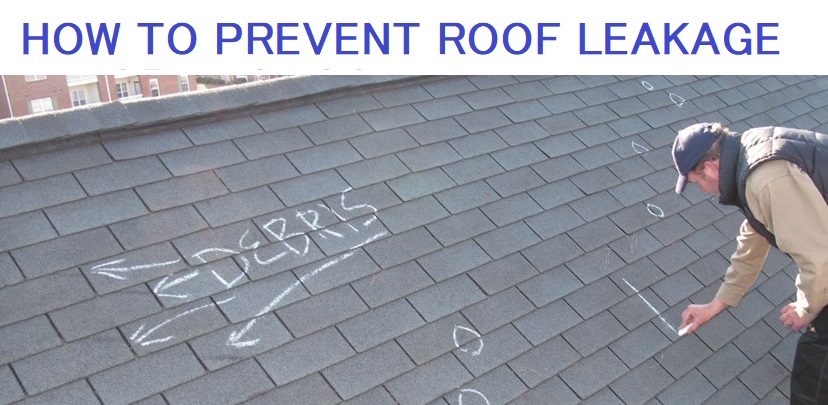If your roof is leaking and you need a roof repair, you should take action as quickly as you can to stop the leak before it does further harm to your house. Additionally, it makes sense to rely on a seasoned, neighbourhood contractor who is adept at identifying leaks and resolving them in a way that avoids a recurrence.
We could certainly list hundreds of other sorts of particular harm that a leaky roof might inflict to your home, but these seven major issues should be enough to highlight how urgent the repair is.
1. Ceiling roof damage
Water invariably finds its way to interior ceilings when it trickles through a broken shingle, a loosened piece of flashing, or a broken bead of roofing cement. Ceilings will start to seem soiled, faded, or even mouldy or mildewy. In the worst situation, the ceiling tiles can deteriorate, fracture, and drop to the ground.
2. Stain on roof ceiling
Rainwater may also run just under or on top of the drywall that was utilised in your walls while entering your home. A chemical discoloration will cause the wall to turn a drab grey over time. The issue is precisely the same as it was with the ceilings, only that this time it is with the walls.
3. Structural damage
Wooden roof rafters, roof decking, attic floor beams, wall studs, and other structural elements of your home may get compromised by excessive or prolonged water ingress. They could deteriorate or grow mould over time.
4. Damage to Insulation
Insulation degradation brought on by unattended roof leaks is another significant issue. Due to the “trickle down effect,” which primarily affects attic insulation, it can also have an impact on the insulation in your walls and ceilings. The insulation becomes wet, mouldy, and occasionally has black mould growing on it. In addition, many must be changed since it loses its R-value.
5. Floor damage
When a timely roof repair fails to stop a leak in time, other things frequently suffer as well, including floor beams and plywood, carpets, and especially hardwood floors. Rain-soaked floors frequently may droop or become uneven. Furthermore, slick flooring provide a risk for slips and falls that might land you in the hospital.

